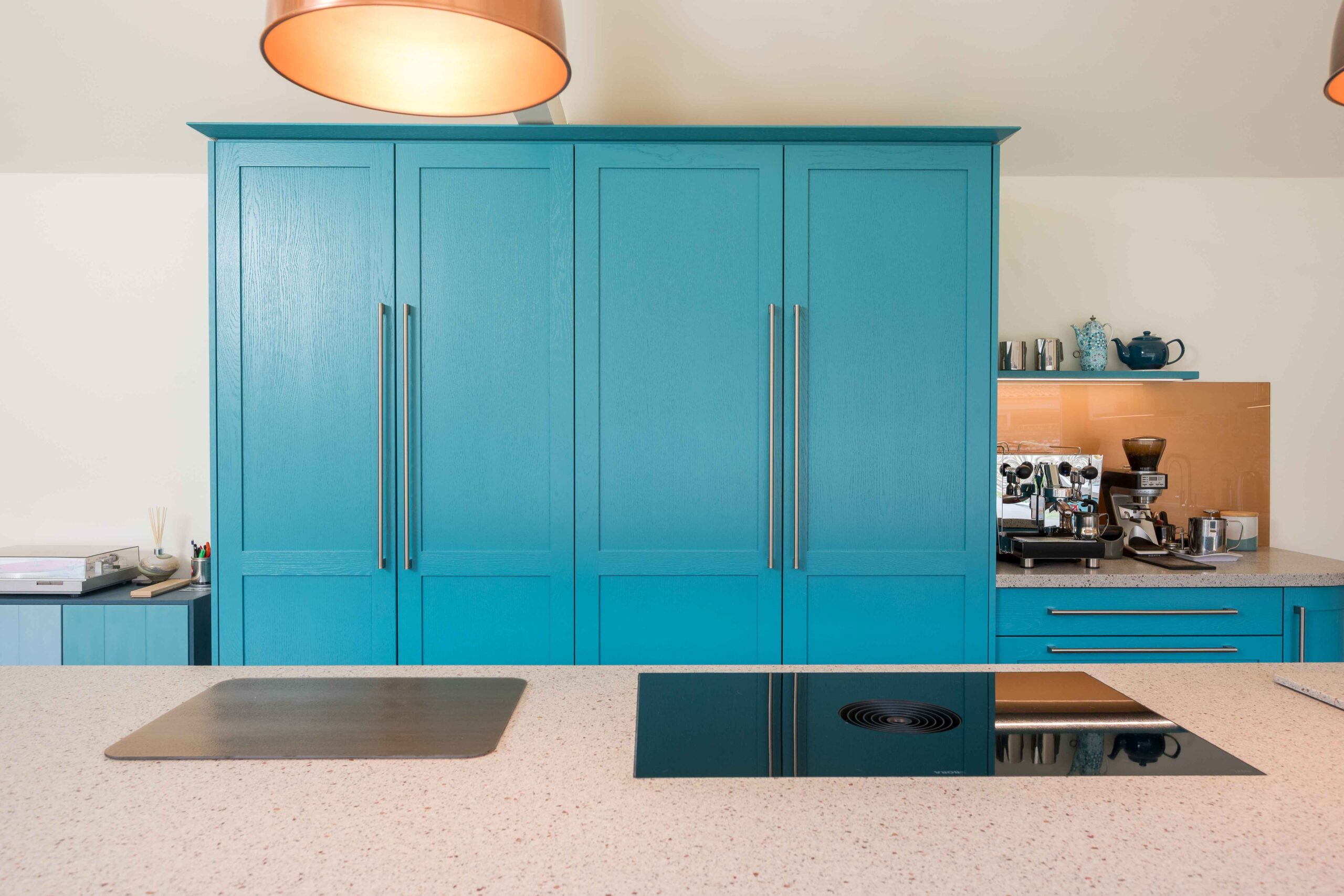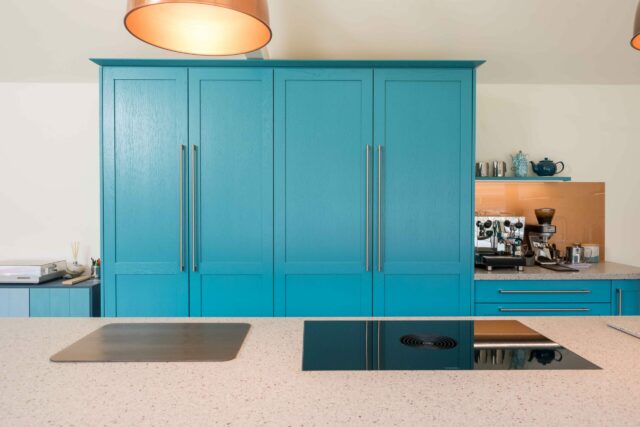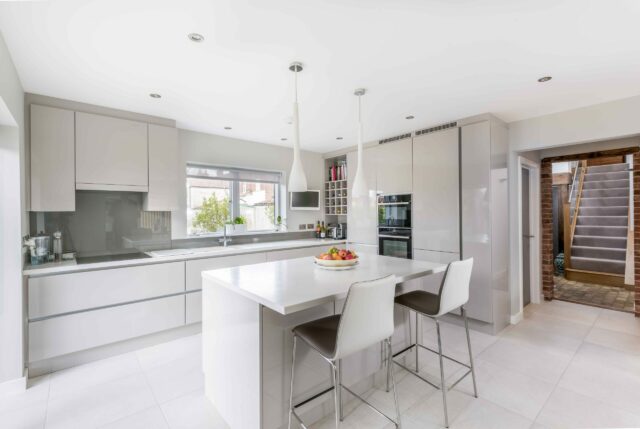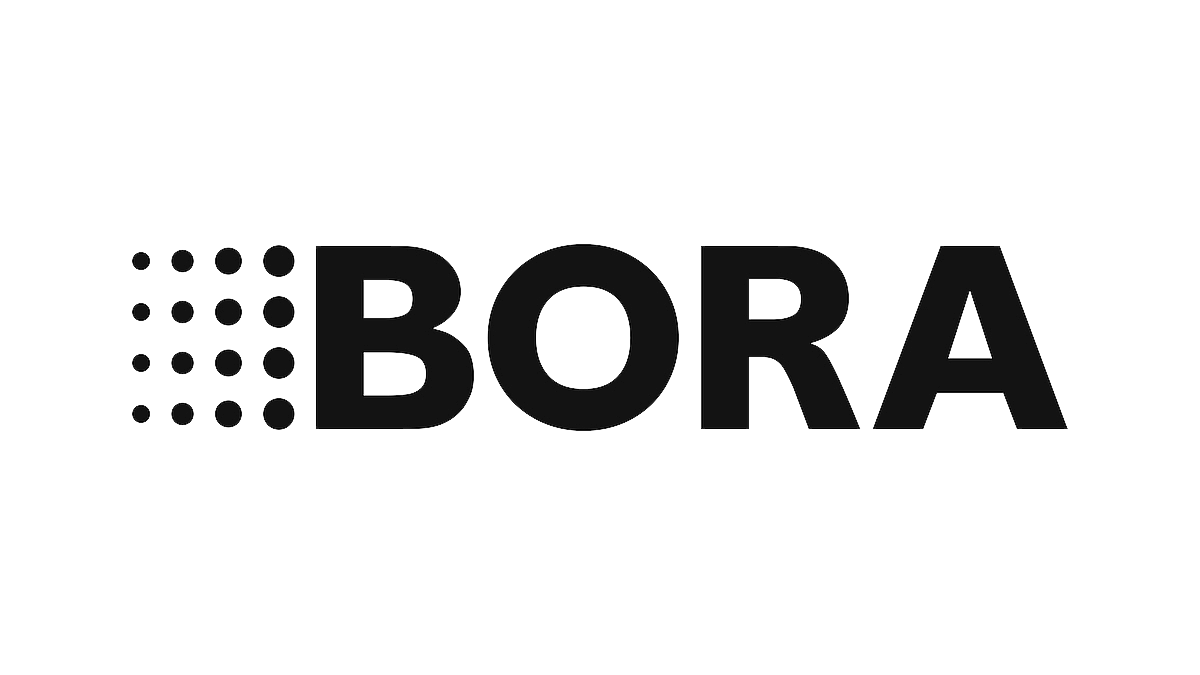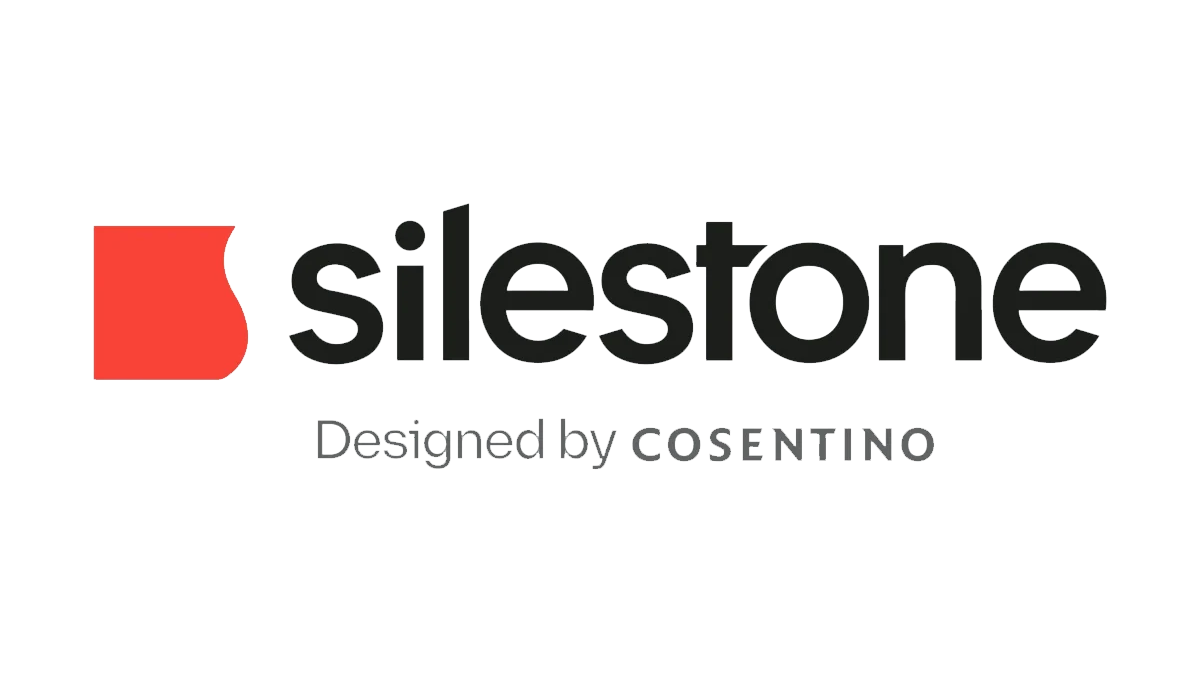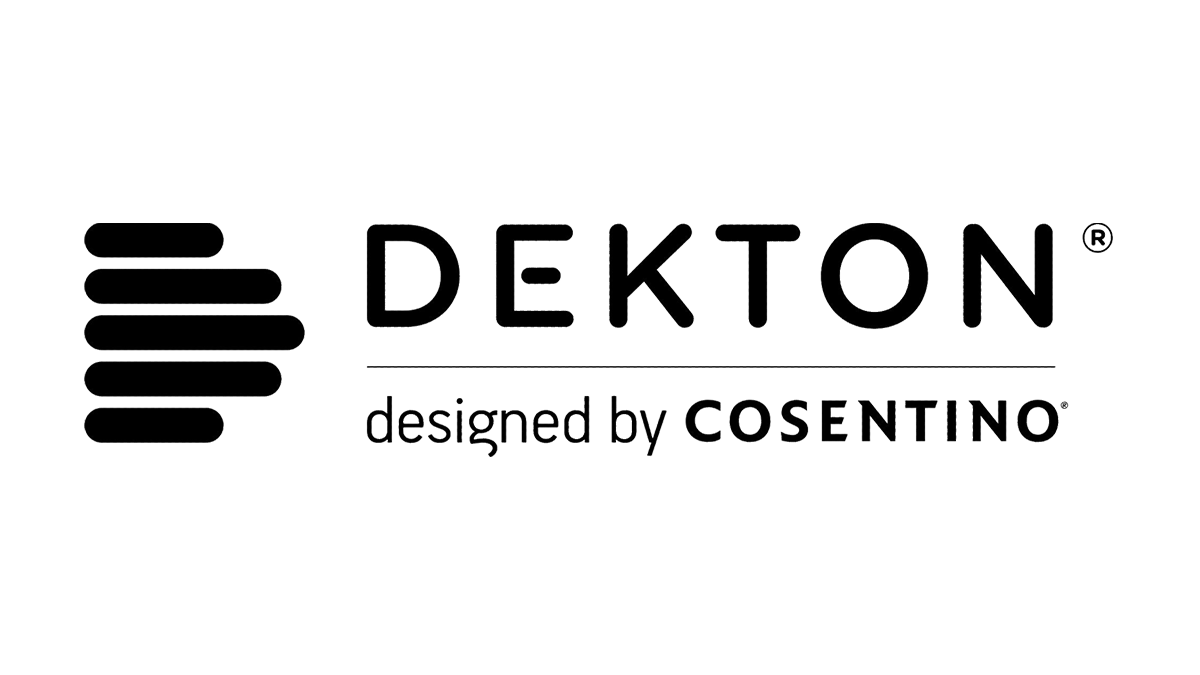A cooker hood might seem like a small detail, but it has a real impact on how your kitchen feels day to day. It keeps the air clean while you cook and shapes the way your space looks overall.
A cooker hood, sometimes called an extractor hood, draws in air as you cook. Some send it outside through ducting, while others use filters to clean it before releasing it back into the room.
When you start thinking about designs, it helps to decide whether you want the hood to stand out or blend in. A visible hood can add character to your kitchen, while a built-in one keeps things simple and tidy. Both work in different ways, and the right choice comes down to your layout, your style and the way you use your kitchen.
At Anglia Kitchens & Bedrooms, we can help you explore both options so your cooker hood works efficiently and fits naturally into your home.
Visible Cooker Hoods
A visible cooker hood sits in clear view above your hob. It becomes part of the overall look of your kitchen rather than something tucked away.
Wall Mounted and Chimney Hoods
Wall mounted and chimney hoods sit directly above the hob and vent air while you cook. They work well in most kitchens and are available in different finishes such as stainless steel or glass. Many have built-in lighting and simple touch controls that make everyday use easy. View an example in our Longham shaker kitchen.
Island Hoods
If your hob is on an island, the extractor is usually suspended from the ceiling. This keeps the view across the room open while managing steam and cooking smells. Models from Neff come in a range of styles, with quiet operation and discreet lighting.
A visible island hood can help give shape to an open-plan kitchen without drawing too much attention.
Built-In Cooker Hoods
Built-in cooker hoods are fitted within cabinets, ceilings or worktops, so they sit neatly within the design of your kitchen. They are a good choice if you prefer clean lines or have limited space above your hob.
Telescopic Hoods
A telescopic hood sits within a cabinet and extends out when you need it. When you slide it back, it almost disappears from view. This type of hood is useful in smaller kitchens or in spaces where you want to keep wall units looking continuous.
We designed and installed this Ipswich kitchen with a telescopic hood built into the wall units. Take a look at the finished result.
Canopy Hoods
A canopy hood is fitted into the underside of a cabinet or a custom housing above the hob. Only the lower edge is visible, and most include simple touch controls and LED lighting. They are often chosen for their quiet running and tidy appearance.
Ceiling Hoods
Ceiling hoods are fitted directly into the ceiling above your cooking area. They suit open-plan layouts or rooms with higher ceilings, as they keep the view open while still managing air flow. Planning the ducting early in the design process helps ensure they work efficiently.
We fitted one in this Bury St Edmunds kitchen if you want to see how it comes together.
Downdraft Extractors
Some hobs now include built-in extraction that draws air downwards instead of up. These are often called downdraft extractors. The fan sits within the hob itself or just behind it, pulling steam and odours straight down before they spread through the kitchen. You can see how this works in a real space through our recent project in Roughton.
Downdraft designs are useful when you want to keep clear lines above your hob or when fitting a ceiling hood is not possible. They work well in island layouts and are particularly good in open spaces where you want an uncluttered view.
Brands such as Bora are known for this type of extraction, combining a flush, minimal design with effective airflow.
What to Think About Before You Choose
Choosing a cooker hood is part of designing a kitchen that feels right for you. Some people like a clean, simple look where the extractor blends in. Others prefer a visible design that adds shape and interest.
We look at how every detail works together. The cooker hood plays a part in the layout, lighting and overall feel of the room. When we design kitchens, we think about how each element supports the next, from how the air moves to how the space feels when you use it.
If your kitchen is open plan, a quieter model can help keep the room calm. In a smaller space, stronger airflow can make a difference. Good lighting above the hob can also make cooking easier and the space more welcoming.
Whatever you choose, the aim is balance. Your cooker hood should work with your kitchen, not against it. When each part feels considered, the whole space comes together naturally.
Cooker Hood FAQs
What is the difference between a cooker hood and an extractor hood?
They are the same thing. Both remove steam, grease and cooking smells from the air. The main difference is in how they do it. Some use ducting to send air outside, while others use filters to clean the air before recirculating it.
Do all cooker hoods need an outside vent?
No. If your kitchen doesn’t have an outside wall nearby, you can choose a recirculating model that uses carbon filters to clean the air. Ducted hoods tend to remove air slightly faster, but both options work well when installed correctly.
Do I need an electrician to fit a cooker hood?
Some hoods can be plugged into a standard socket, but others need wiring into the mains. If your hood requires new ducting, a higher electrical load, or ceiling installation, it’s best to use a professional electrician or installer. We work with trusted professionals who handle this kind of work all the time, so if you’re unsure, just give us a call or pop into the showroom for a chat.
Is there an alternative to a cooker hood?
If you don’t want a hood above your hob, consider a downdraft extractor. These are built into the hob or worktop and draw air downwards instead of up. You can also improve ventilation with ceiling vents or windows, but they won’t manage grease and odours in the same way.
Finding the Right Fit
Every kitchen is different, and the right cooker hood depends on how you cook and the space you have. At Anglia Kitchens & Bedrooms, we can guide you through the choices and help you find a design that works for you.
You are always welcome to visit our Norwich showroom to see different styles in person. Our designers can talk you through the options and help you decide what fits both your layout and the way you like to cook.
